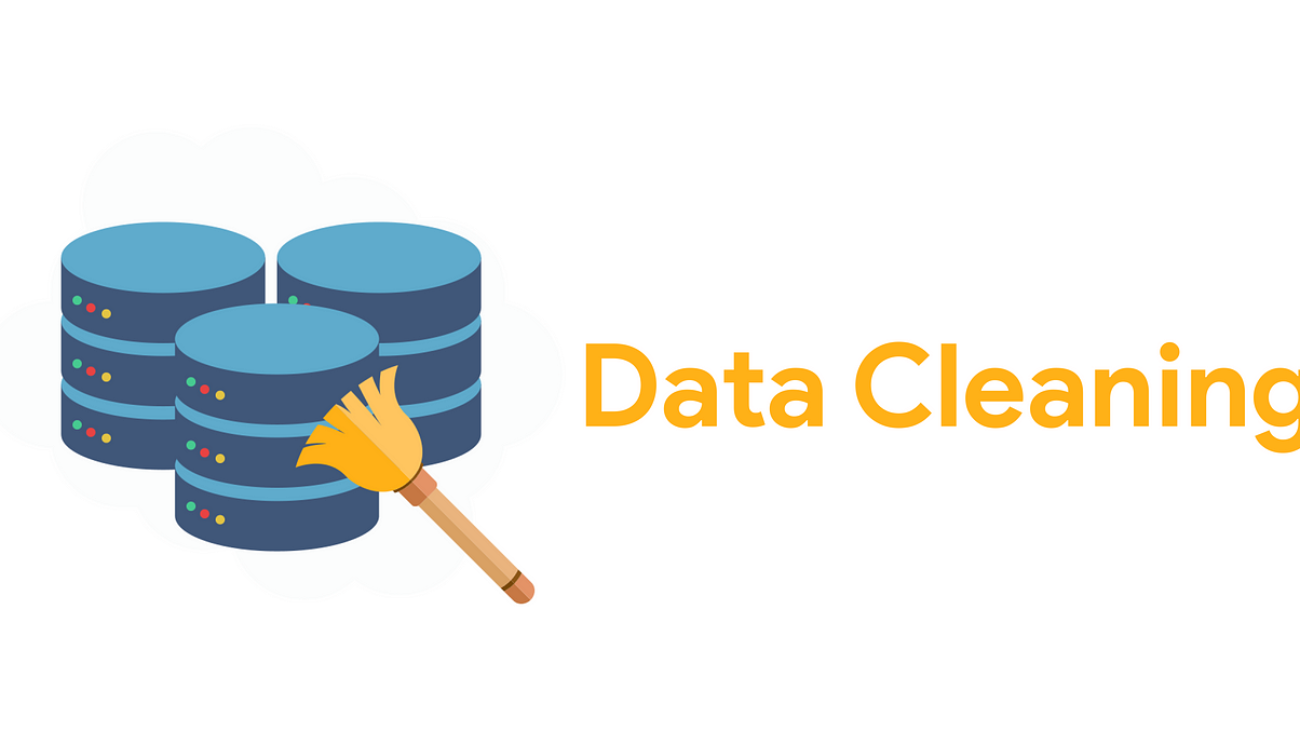In today’s competitive business landscape, generating appointments with potential clients is a crucial step towards driving sales and growing your business. Whether you’re a sales professional, entrepreneur, or business owner, mastering the art of appointment generation can significantly impact your bottom line. In this post, we’ll explore effective strategies and tactics for generating appointments that convert into valuable opportunities.
-
Define Your Ideal Client Profile:
- Before embarking on your appointment generation journey, clearly define your ideal client profile.
- Identify the characteristics, demographics, and pain points of your target audience to tailor your outreach efforts effectively.
-
Leverage Multiple Channels for Outreach:
- Diversify your outreach efforts by leveraging multiple channels such as email, phone calls, social media, networking events, and direct mail.
- Adopt a multi-touch approach to engage prospects through various touchpoints and increase your chances of securing appointments.
-
Craft Compelling Outreach Messages:
- Develop personalized and compelling outreach messages that resonate with your target audience.
- Clearly articulate the value proposition of your product or service and highlight how it addresses the prospect’s specific needs or challenges.
-
Implement an Effective Follow-Up Strategy:
- Implement a structured follow-up strategy to nurture leads and move them through the sales pipeline.
- Set up automated follow-up sequences using email marketing tools or CRM software to ensure consistent and timely communication.
-
Offer Value in Exchange for Their Time:
- Provide prospects with incentives or value-added offers in exchange for their time and attention.
- Offer free consultations, demos, or exclusive content that showcases the benefits of your product or service and demonstrates your expertise.
-
Leverage Referrals and Recommendations:
- Tap into your existing network and customer base for referrals and recommendations.
- Encourage satisfied clients to refer you to their colleagues, friends, or business contacts, and offer incentives for successful referrals.
-
Optimize Your Appointment Setting Process:
- Continuously analyze and optimize your appointment setting process to improve efficiency and effectiveness.
- Track key metrics such as appointment conversion rates, response times, and lead quality to identify areas for improvement.
-
Provide Excellent Customer Service:
- Deliver exceptional customer service throughout the appointment setting process to build trust and credibility with prospects.
- Be responsive, professional, and attentive to prospect’s needs and inquiries, and strive to exceed their expectations at every touchpoint.
-
Appointment generation is a critical aspect of any successful sales and marketing strategy. By implementing the strategies outlined in this post and adopting a proactive and strategic approach to appointment setting, you can increase your chances of securing valuable opportunities and driving business growth. Remember to focus on understanding your target audience, delivering personalized outreach, and providing exceptional value to prospects throughout the appointment setting process. With dedication, persistence, and strategic execution, you can master the art of appointment generation and achieve your sales objectives.





